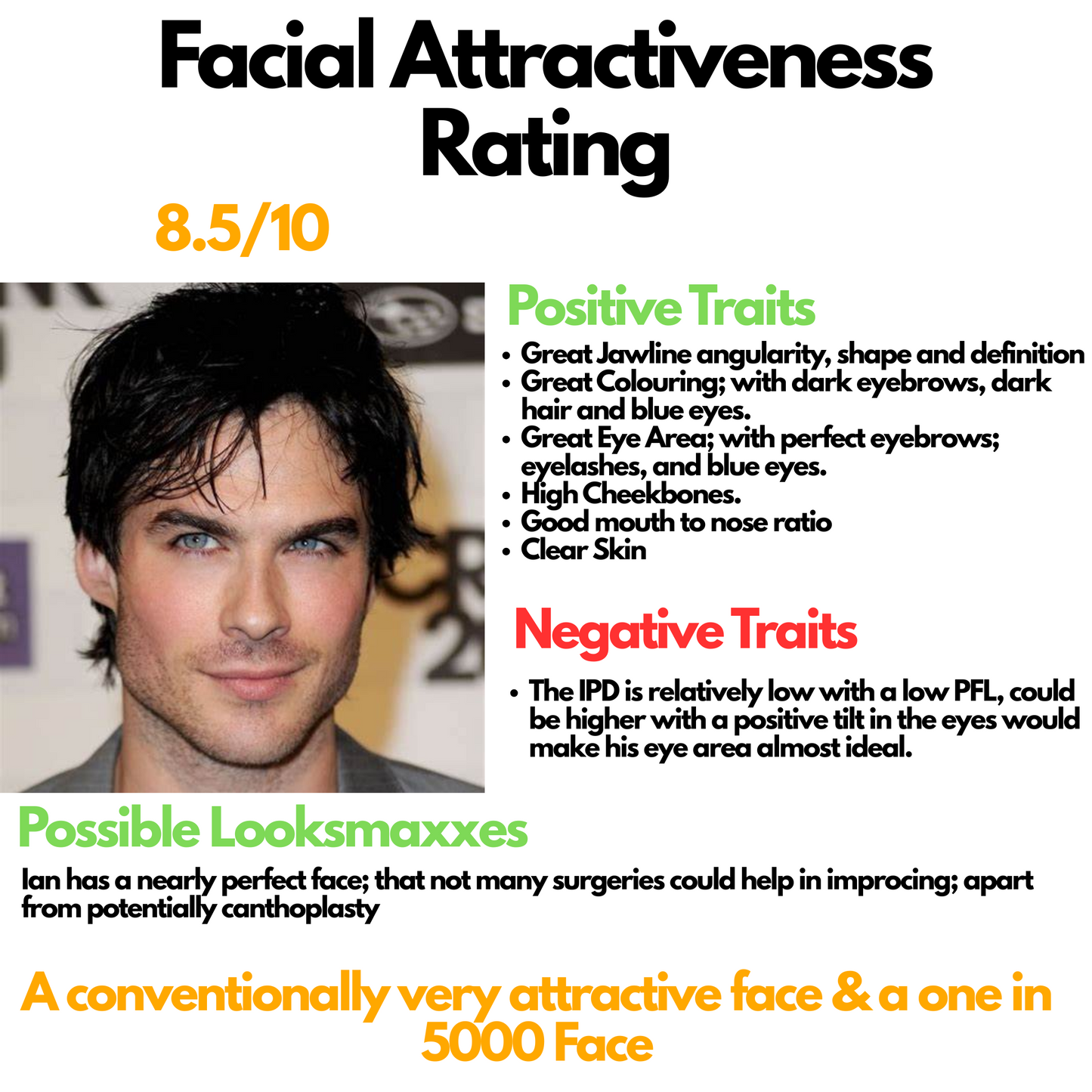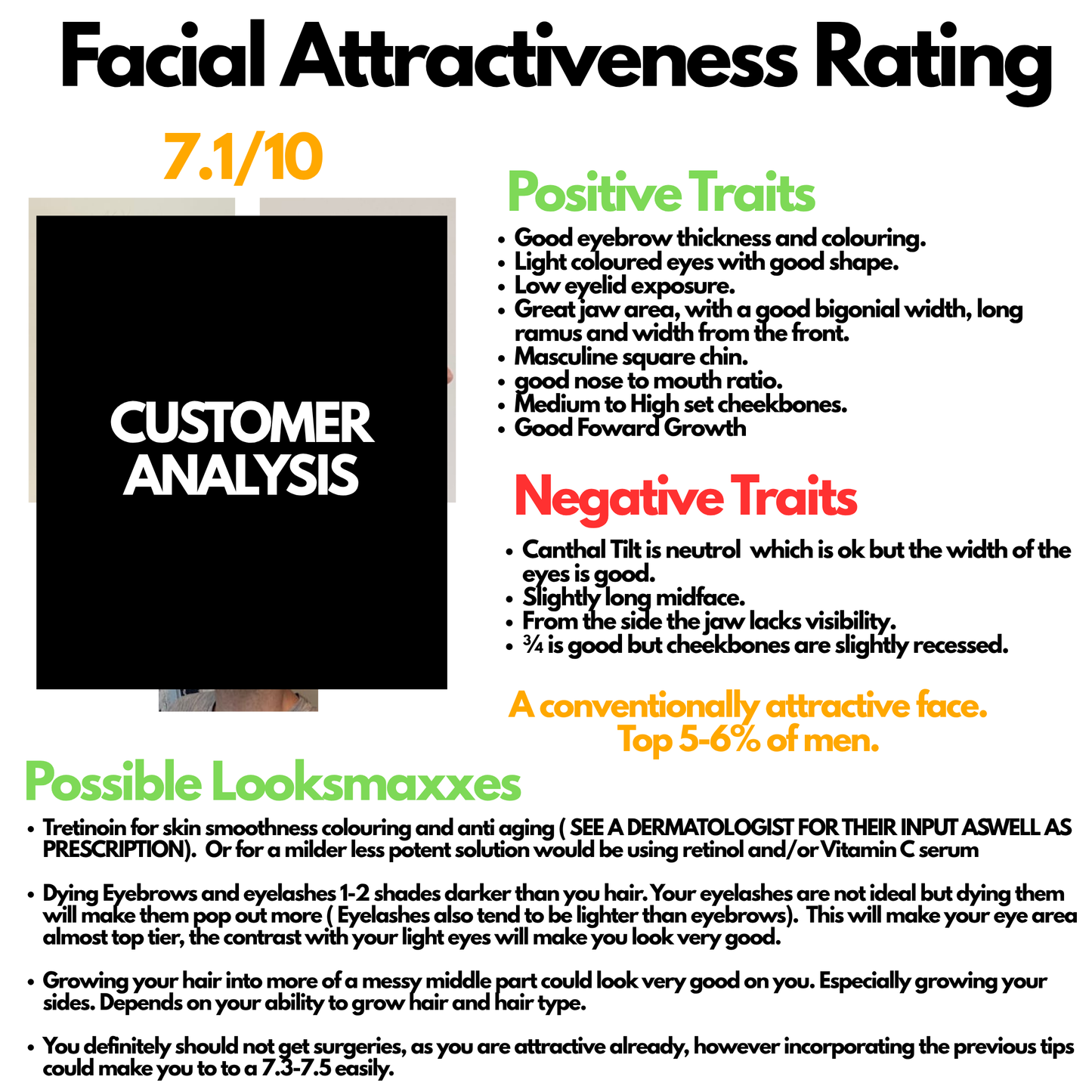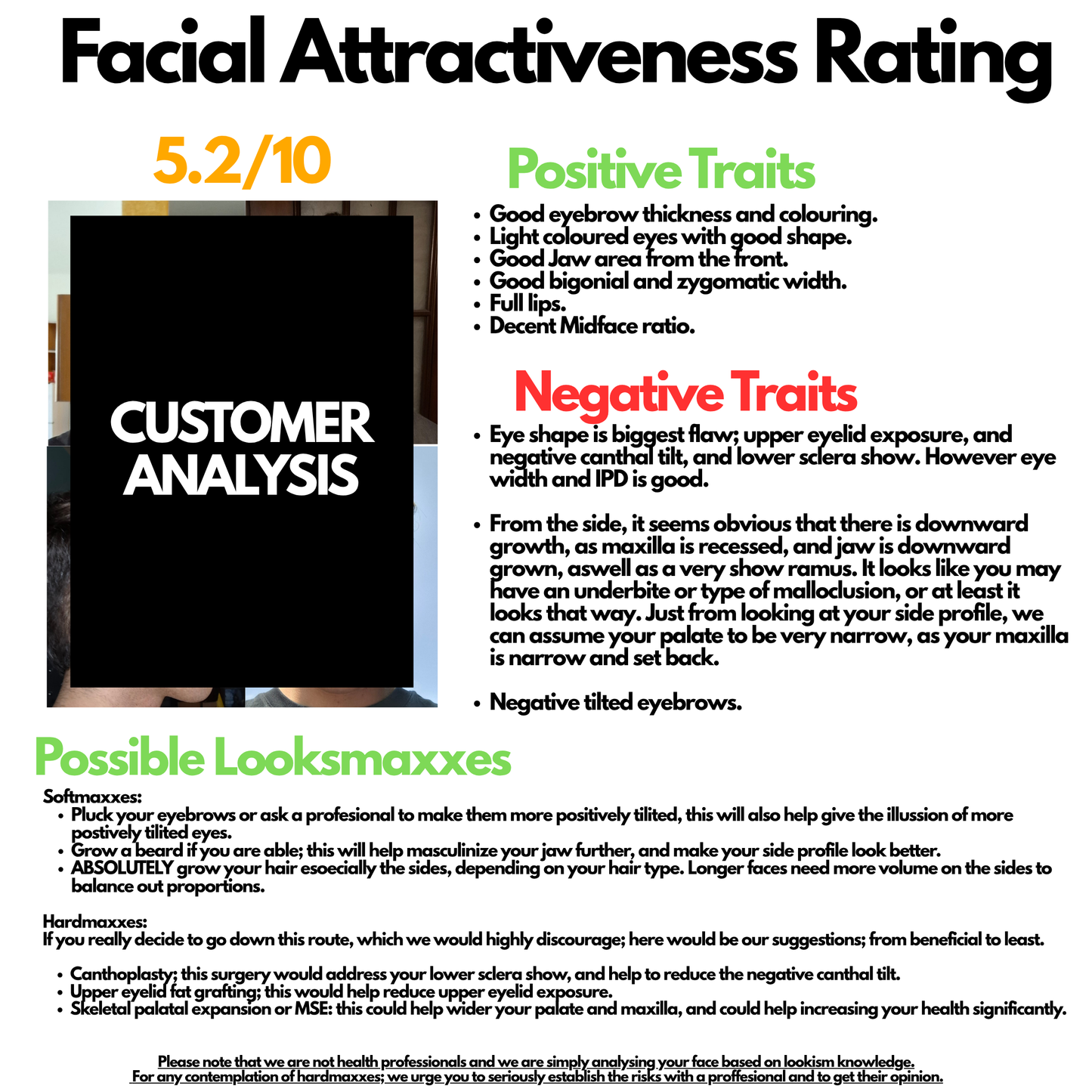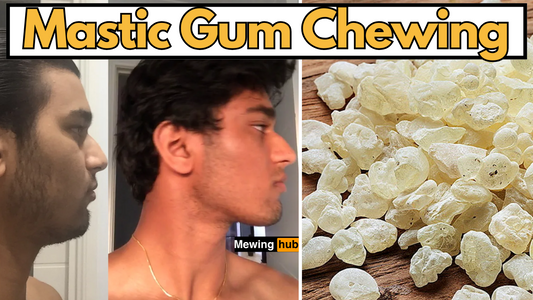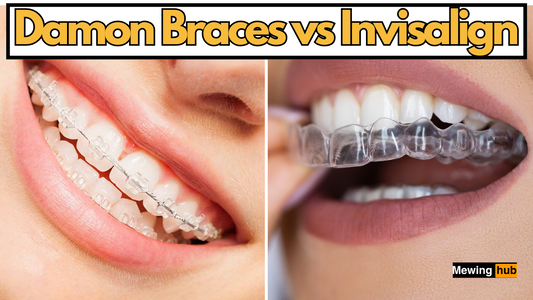Exploring the Potential Risks of Mewing: Can It Harm Your Facial Structure?
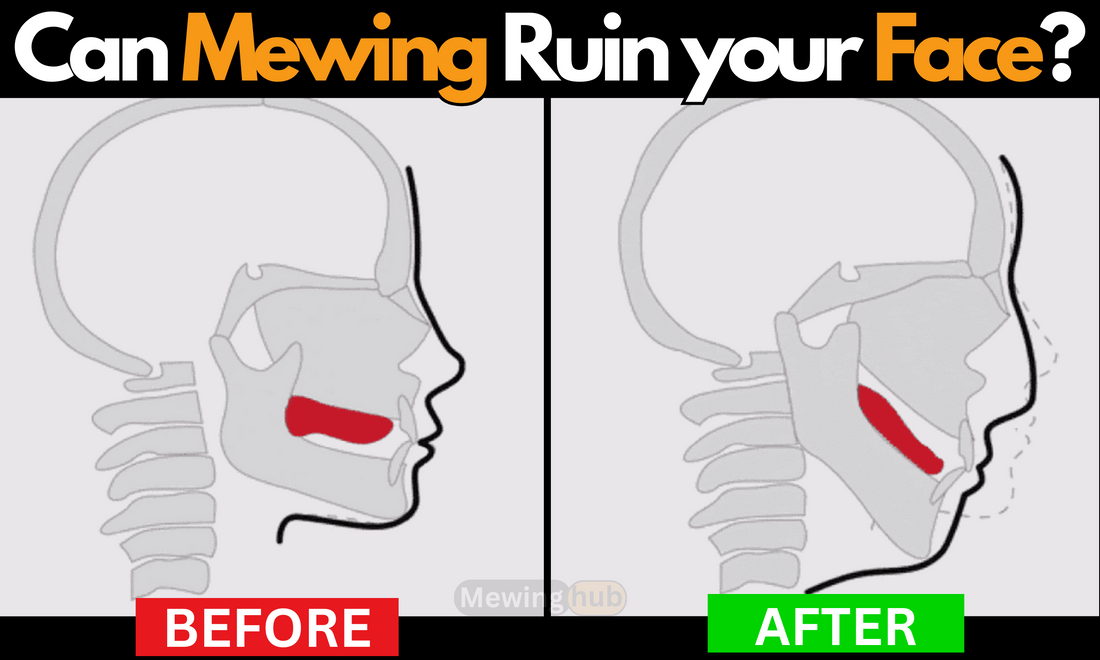
Share

Understanding the Risks of Mewing
While mewing holds the promise of enhancing facial symmetry and structure, it is not without potential pitfalls. One major concern is whether mewing can ruin your face, particularly if done incorrectly.
Temporomandibular Joint (TMJ) Issues

Excessive pressure from mewing can lead to TMJ problems, characterized by pain and dysfunction in the jaw joint. Symptoms can include jaw pain, headaches, earaches, and difficulty chewing. However, proper mewing techniques may actually help reduce the risk of TMJ by promoting correct oral posture.
Facial Asymmetry From Mewing
Facial asymmetry is natural, even among models. Mewing can influence asymmetry in both positive and negative ways.
Rapid changes can be disconcerting and cause psychological discomfort. Improper technique, especially hard mewing, can potentially worsen asymmetries.
Normal mewing, with gentle tongue placement, typically does not lead to significant asymmetries and may improve existing ones.
Hard Mewing Concerns

Hard mewing involves applying excessive force with the tongue against the roof of the mouth.
This technique can lead to unintended consequences, such as increased facial tension, muscle fatigue, and even alterations in facial aesthetics that are not desirable.
Some individuals have reported becoming less attractive after practicing hard mewing (image above), highlighting the importance of moderation and proper technique.
The Truth About Facial Asymmetry & Mewing
Facial asymmetry is a natural occurrence among humans. Mewing can influence facial asymmetry, potentially in both positive and negative ways. Rapid changes can be disconcerting, causing psychological discomfort and resulting in temporary dissatisfaction.
Aging vs. Mewing

Facial asymmetry worsens with age, and the aging process alone does not naturally improve your facial features.
Mewing offers the potential to counteract the effects of aging and achieve reverse bone development. The potential for remarkable changes is evident, with some users reporting resemblances to their childhood appearance.
Can Mewing Aggravate Existing Asymmetry?

For individuals with minor facial asymmetry, there is a concern that mewing could exacerbate these issues. This is more likely with hard mewing, which involves excessive force. Normal mewing, with gentle tongue placement, typically does not lead to significant asymmetries and may improve existing ones.
Finding Balance: If you experience asymmetry during your mewing journey, refining your technique and proceeding slowly can often rectify the issue. Transitioning from poor posture to improved facial harmony might not always be seamless, but mewing has shown long-term aesthetic and functional benefits.
The Midpalatal Suture
In some cases, mewing can cause a gap between teeth, indicating true palatal expansion. This is generally a positive outcome as it suggests that the maxilla (upper jaw) is widening. Any tooth spacing issues can be addressed with orthodontic solutions like Invisalign.
Chewing Technique for Optimal Mewing Results
Proper chewing technique is essential for optimal mewing results. Chew with your back teeth, avoid overloading your mouth, and maintain equal chewing time on each side. This mindful approach reduces the risk of developing issues and supports balanced facial development.
Conclusion: The Bottom Line on Mewing
Mewing, when practiced correctly, aligns with maintaining proper posture and is unlikely to worsen facial features. Instead, it often corrects existing asymmetries and enhances facial harmony. The key to avoiding mewing risks is to practice the technique correctly and consistently.
Comparing concerns about mewing to fearing back pain from sitting with proper posture, the vast majority of mewing enthusiasts experience improved facial structure. Considering the long-term benefits, including enhanced breathing and reduced risk of sleep apnea, mewing stands as a promising path to achieving a more balanced, aesthetically pleasing face.




